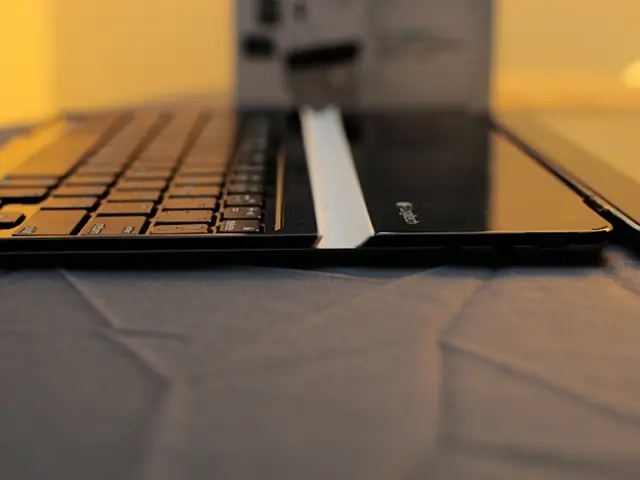Method for Dividing a Knitted Sweater Without Causing the Knit to Fray
Steeking a knit sweater is a technique used to alter, reshape, or resize a sweater. This process involves cutting a designated area and reinforcing the edges with stitching to prevent unraveling. Here's a comprehensive guide on how to steek a knit sweater using a sewing machine.
Materials Required
- Knit sweater to steek
- Sewing machine with a straight stitch or zigzag stitch setting
- Strong sewing thread (preferably polyester for stretch)
- Sewing needle appropriate for knits
- Fabric scissors or rotary cutter (sharp and precise)
- Stitch markers or thread to mark sewing lines
- Hand sewing needle and thread for preliminary stabilization (optional but recommended)
- Iron and pressing cloth (optional for finishing)
Step-by-Step Process
- Mark the Steek Lines Identify the steek area on your knit sweater where you want to cut. Use stitch markers or a contrasting thread to clearly mark the cut line and the sewing lines on both sides of this line, leaving about 1 to 1.5 cm (approx. ⅜ to ⅝ inch) seam allowances on each side.
- Pre-Stabilize by Hand Stitching (Recommended) To prevent unraveling, hand-sew a running stitch or backstitch on each marked sewing line close to the planned cut line. This gives extra control and ensures the knit doesn’t fray easily when cut.
- Machine Sew Parallel Lines Using the sewing machine, sew two parallel rows of straight or zigzag stitches along your marked sewing lines on each side of the steek—these should be inside the lines you hand-stitched if doing both. Use a small stitch length and reinforce the start and end of each seam by backstitching or tying off securely.
- Cut the Steek Carefully cut straight down the center between the two sewn lines with sharp fabric scissors or a rotary cutter. Cutting between the machine stitching ensures the knit fabric does not unravel beyond the reinforced seams.
- Sew Over the Edges for Strength To further secure the steek, sew again very close to the cut edges, either with a narrow zigzag stitch or straight stitch. This step adds extra strength, especially important for thicker or loosely knit sweaters.
- Optional Finishing After steeking and securing the edges, you can press the steek edges gently with a warm iron and pressing cloth to smooth and set the stitches if the yarn permits without melting or distorting.
- Proceed with Garment Finishing Once the steek is secured, continue with your garment finishing steps, such as attaching button bands or collars.
Additional Tips
- Use polyester thread for elasticity matching knit fabric stretch.
- Test your sewing machine tension and stitch type on a scrap knit piece first.
- Handle the fabric gently when cutting to avoid stretching or distortion.
- Steeking is common in colorwork sweaters because the reinforcement allows cutting open a garment that would otherwise be knit in the round and continuous.
This combination of hand stabilizing, machine sewing parallel reinforcing rows, and careful cutting provides a secure and neat steek for your knit sweater. Steeking allows for stranded color-work without purl rows and helps maintain an even tension throughout the project.
- After completing the process of steeking a knit sweater, you can proceed to enhance the fashion and beauty of your garment by adding colorful and stylish buttons that match your lifestyle and personal taste.
- To complement your steeked sweater, you can also elevate your home-and-garden space by incorporating coordinating throw pillows, knit blankets, or even a matching knit scarf for a harmonious and cohesive theme.








